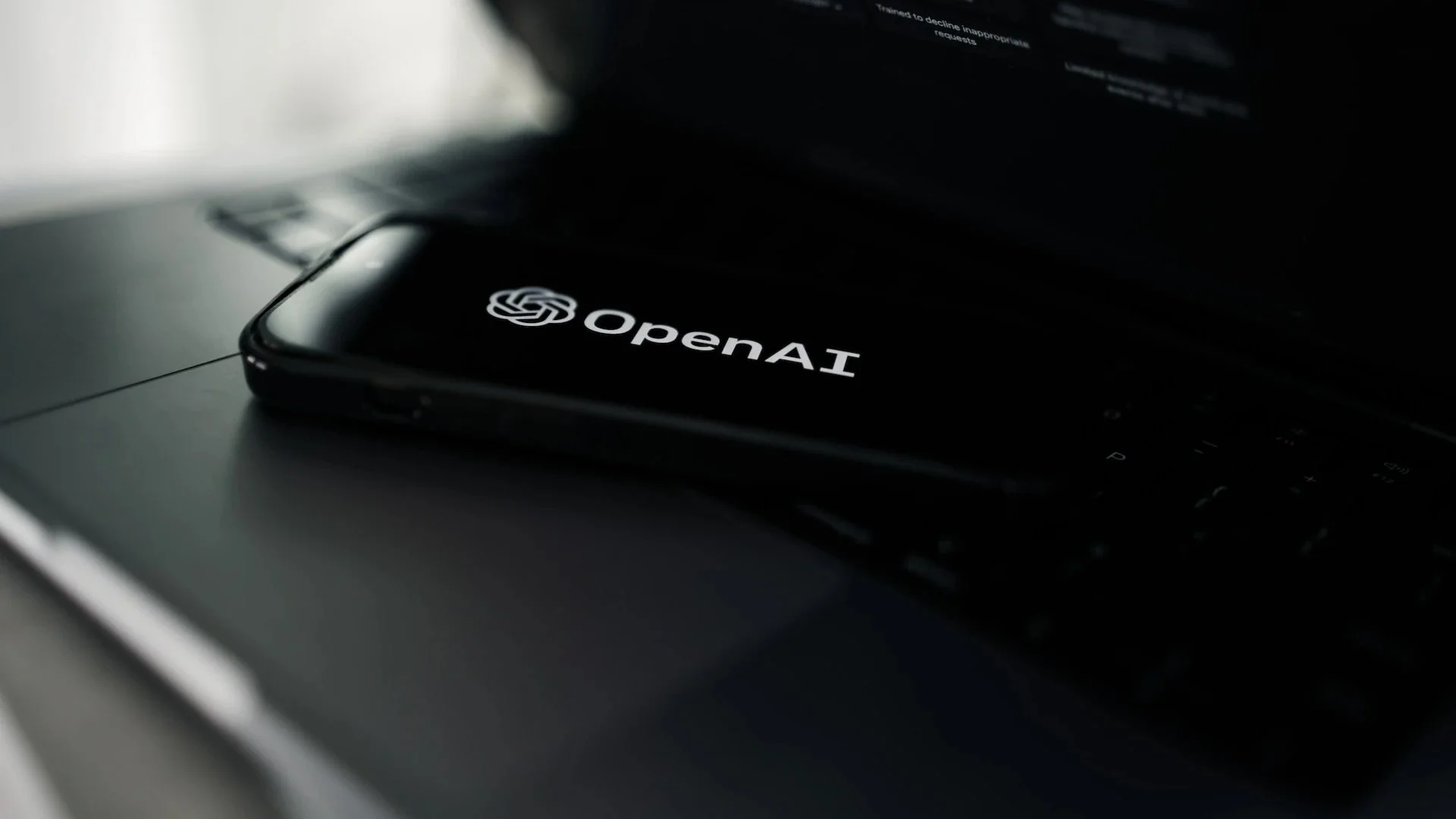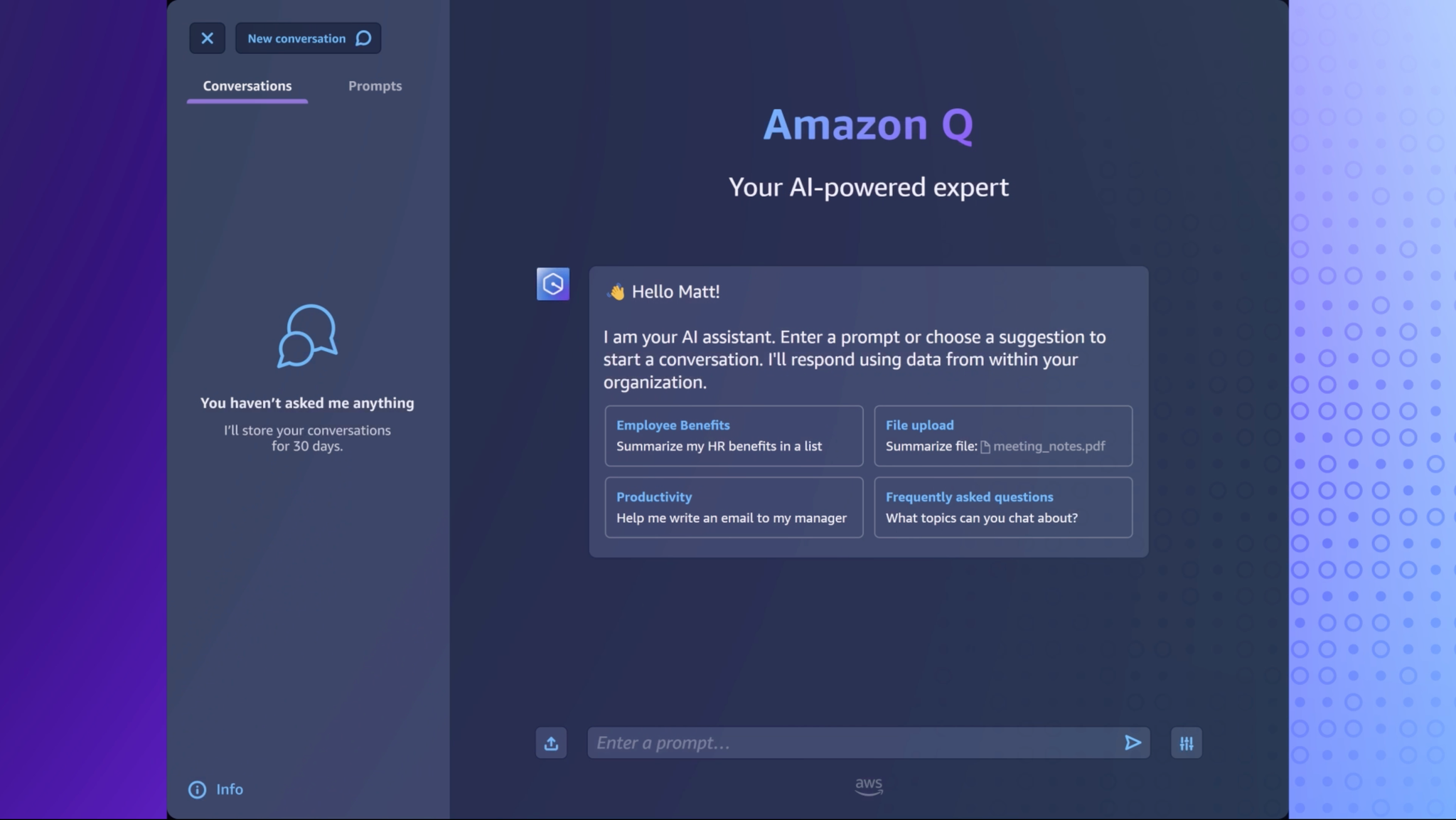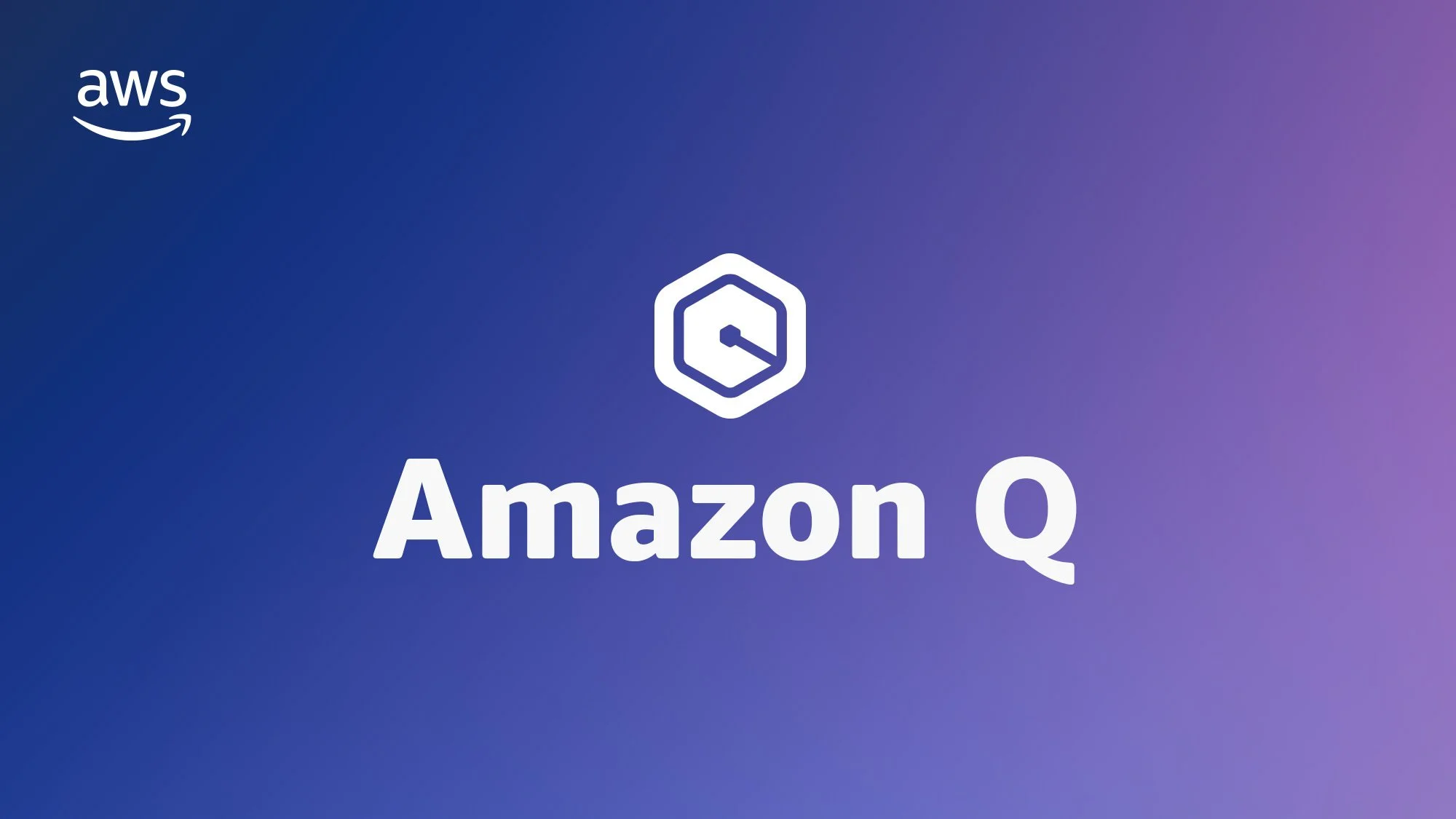 Image 1 of 9
Image 1 of 9

 Image 2 of 9
Image 2 of 9

 Image 3 of 9
Image 3 of 9

 Image 4 of 9
Image 4 of 9

 Image 5 of 9
Image 5 of 9

 Image 6 of 9
Image 6 of 9

 Image 7 of 9
Image 7 of 9

 Image 8 of 9
Image 8 of 9

 Image 9 of 9
Image 9 of 9










Codex can generate code for apps that facilitate sharing and circular economies
Codex, developed by OpenAI, is an AI system designed to translate natural language into code. Launched in 2021, Codex is a descendant of GPT-3 and powers GitHub Copilot. The platform aims to assist programmers by interpreting simple commands in natural language and executing them, making it possible to build natural language interfaces for existing applications. Codex is proficient in over a dozen programming languages, with Python being its strongest suit.
Location
Headquarters: San Francisco, California, USA (OpenAI).
Operations: Global reach through API access.
Strategic Reach: Cloud-based platform accessible worldwide.
The Circular Vision
Design Principles: Promotes efficient use of resources by enabling rapid code generation and reducing manual coding efforts.
Resource Optimization: AI-driven tools optimise the coding process, minimising time and energy consumption.
Life Cycle Considerations: Facilitates early-stage development, potentially reducing waste in later stages of software production.
Leveraging for Good: Developers can use Codex to produce efficient code, promoting more sustainable practices in software development.
Pioneering Solutions
Key Features: Natural language to code translation, multi-language support, context-aware code generation, and API integration capabilities.
Unique Value Proposition: Codex significantly reduces coding time while ensuring high-quality, functional code output. Its ability to interpret natural language commands sets it apart from traditional coding tools.
The Regenerative Future
Ecosystem Support: Supports sustainable software development by enabling rapid prototyping and efficient code generation.
Future Development: Continuous enhancement of AI algorithms to further improve code generation quality and efficiency.
Creative Empowerment: Empowers developers to focus on problem-solving and innovation by automating routine coding tasks.
Ethical Considerations
Data Usage: Ensures data privacy and security, managing the complexity of AI-driven insights while protecting user information.
Bias Mitigation: Implements measures to prevent or address algorithmic bias in code generation.
Transparency: Provides clear documentation on capabilities and limitations.
Guardrails: Includes safety measures to prevent the generation of harmful or insecure code.
Challenges: Potential over-reliance on AI-generated code, possibly limiting human creativity and problem-solving skills if not properly balanced.
Fact Sheet
Availability: Available through OpenAI's API, with access currently in private beta.
RIBA Stages: Most useful in stages 2-4 (Concept Design, Developed Design, Technical Design).
Circular Potential: 5/5.
Key Integrations: Compatible with various development environments and platforms.
Cost Structure:
Initially offered for free during the beta period.
Current pricing based on token consumption, with a limited free tier available.
Specific pricing details not publicly disclosed.
Carbon Impact: Potential for reducing carbon footprint through efficient code generation, but platform's own carbon impact not specified.
Key Takeaway
OpenAI Codex is at the forefront of integrating AI in software development, offering a platform that dramatically reduces coding time while optimising for efficiency and quality. It has the potential to transform the software development lifecycle, enabling rapid iteration and exploration of innovative solutions.
Explore Further
Codex, developed by OpenAI, is an AI system designed to translate natural language into code. Launched in 2021, Codex is a descendant of GPT-3 and powers GitHub Copilot. The platform aims to assist programmers by interpreting simple commands in natural language and executing them, making it possible to build natural language interfaces for existing applications. Codex is proficient in over a dozen programming languages, with Python being its strongest suit.
Location
Headquarters: San Francisco, California, USA (OpenAI).
Operations: Global reach through API access.
Strategic Reach: Cloud-based platform accessible worldwide.
The Circular Vision
Design Principles: Promotes efficient use of resources by enabling rapid code generation and reducing manual coding efforts.
Resource Optimization: AI-driven tools optimise the coding process, minimising time and energy consumption.
Life Cycle Considerations: Facilitates early-stage development, potentially reducing waste in later stages of software production.
Leveraging for Good: Developers can use Codex to produce efficient code, promoting more sustainable practices in software development.
Pioneering Solutions
Key Features: Natural language to code translation, multi-language support, context-aware code generation, and API integration capabilities.
Unique Value Proposition: Codex significantly reduces coding time while ensuring high-quality, functional code output. Its ability to interpret natural language commands sets it apart from traditional coding tools.
The Regenerative Future
Ecosystem Support: Supports sustainable software development by enabling rapid prototyping and efficient code generation.
Future Development: Continuous enhancement of AI algorithms to further improve code generation quality and efficiency.
Creative Empowerment: Empowers developers to focus on problem-solving and innovation by automating routine coding tasks.
Ethical Considerations
Data Usage: Ensures data privacy and security, managing the complexity of AI-driven insights while protecting user information.
Bias Mitigation: Implements measures to prevent or address algorithmic bias in code generation.
Transparency: Provides clear documentation on capabilities and limitations.
Guardrails: Includes safety measures to prevent the generation of harmful or insecure code.
Challenges: Potential over-reliance on AI-generated code, possibly limiting human creativity and problem-solving skills if not properly balanced.
Fact Sheet
Availability: Available through OpenAI's API, with access currently in private beta.
RIBA Stages: Most useful in stages 2-4 (Concept Design, Developed Design, Technical Design).
Circular Potential: 5/5.
Key Integrations: Compatible with various development environments and platforms.
Cost Structure:
Initially offered for free during the beta period.
Current pricing based on token consumption, with a limited free tier available.
Specific pricing details not publicly disclosed.
Carbon Impact: Potential for reducing carbon footprint through efficient code generation, but platform's own carbon impact not specified.
Key Takeaway
OpenAI Codex is at the forefront of integrating AI in software development, offering a platform that dramatically reduces coding time while optimising for efficiency and quality. It has the potential to transform the software development lifecycle, enabling rapid iteration and exploration of innovative solutions.
Explore Further









































